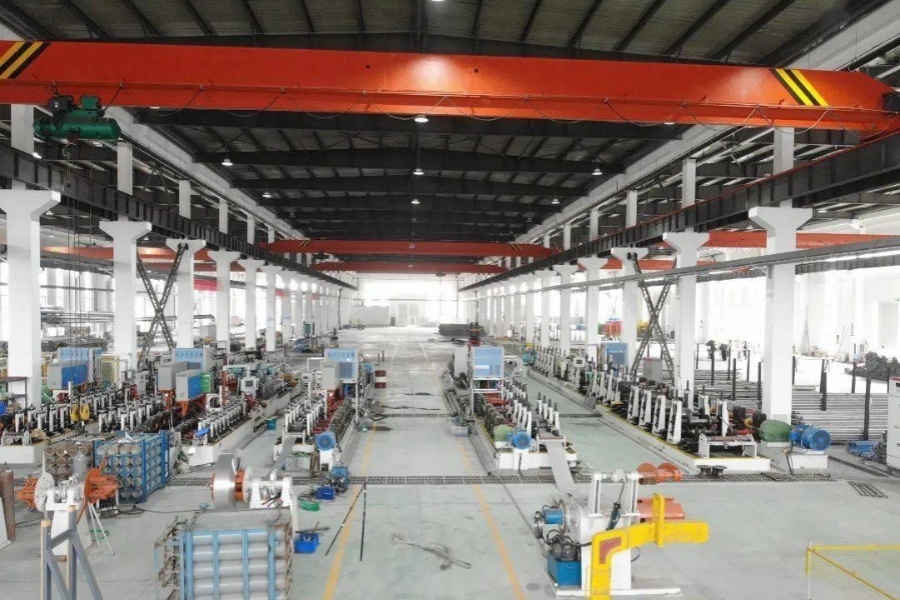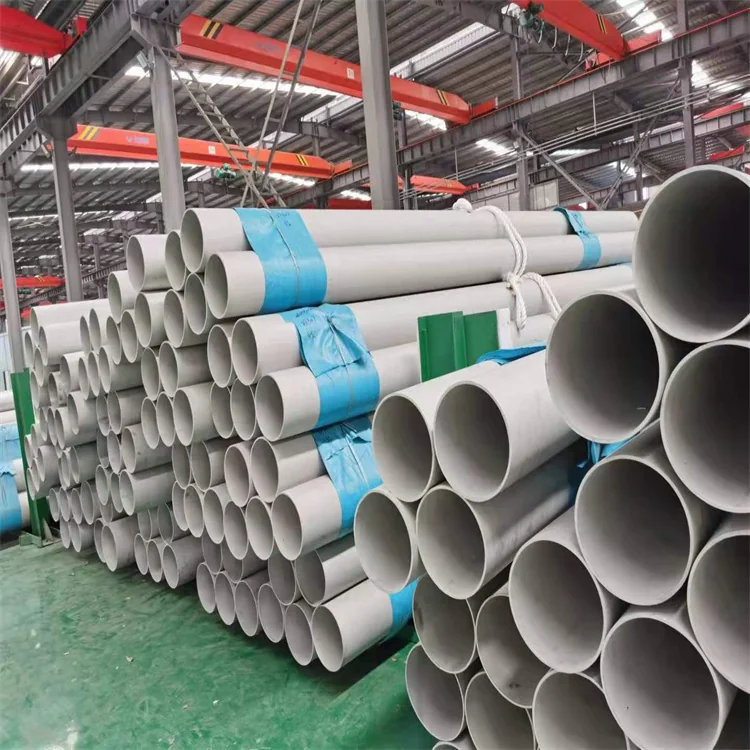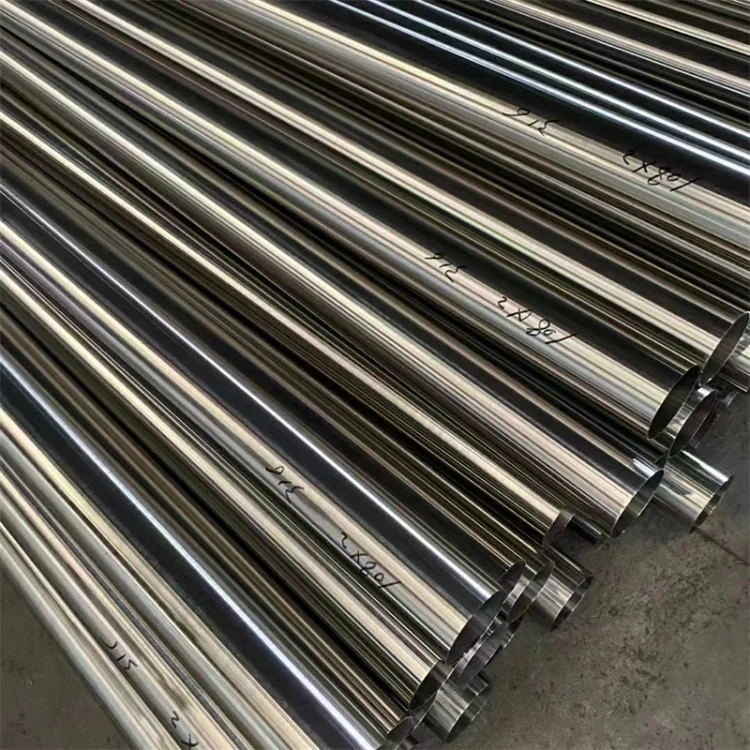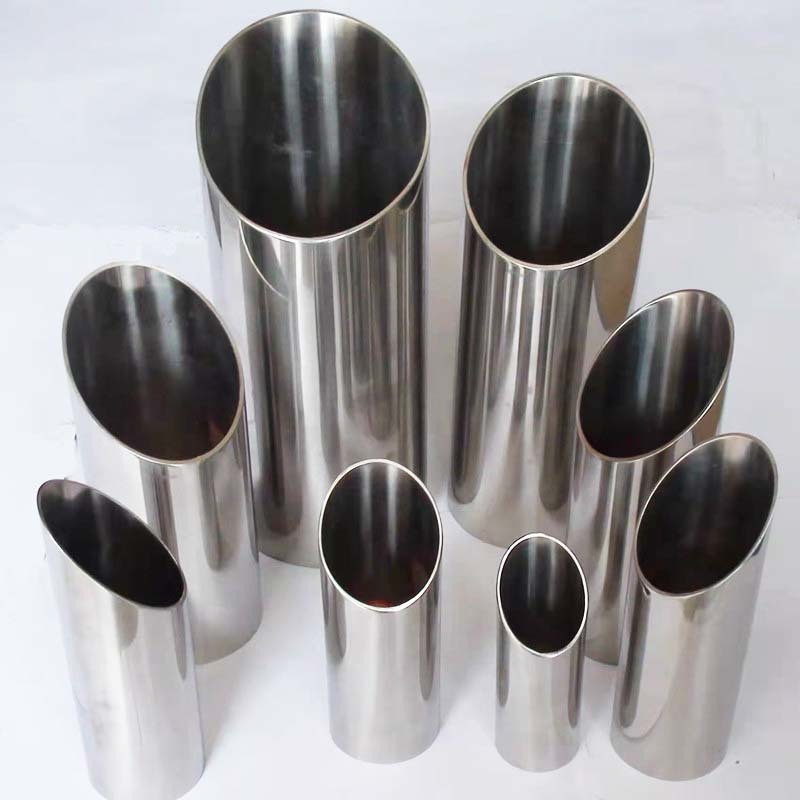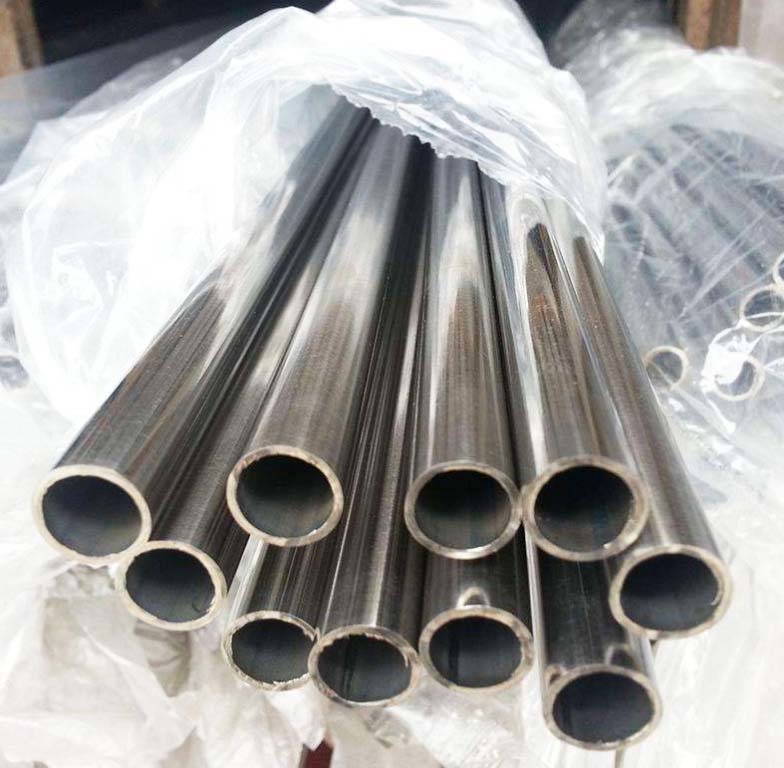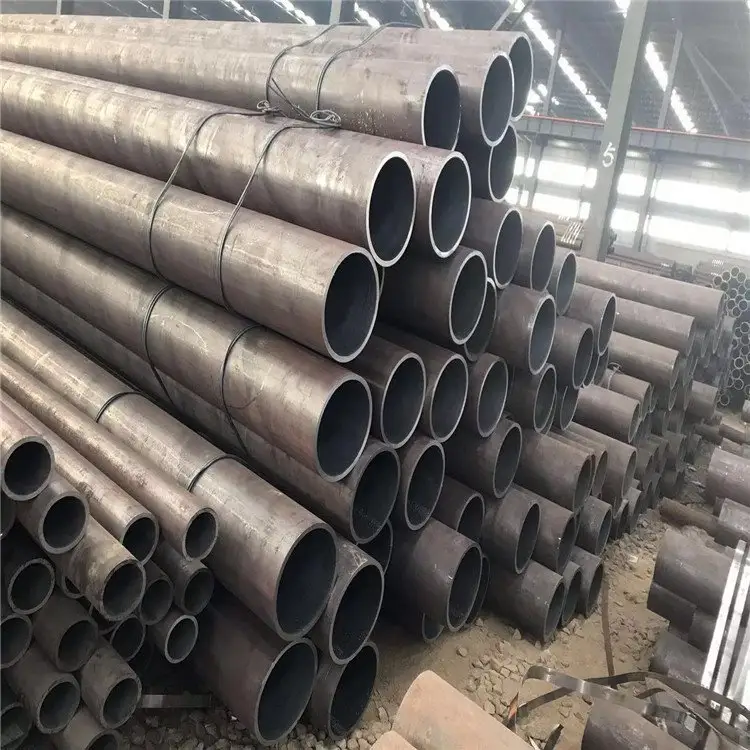Categories
Steel Pipe
Grade 904L is an unstable low carbon high alloy austenitic stainless steel. The addition of copper to this grade greatly increases its resistance to strong reducing acids, especially sulfuric acid. It is also highly resistant to chloride attack, including pitting/crevice corrosion and stress corrosion cracking.
Type 201 stainless steel is an austenitic chromium-nickel-manganese stainless steel, which is developed to save nickel. Type 201 is a low-cost alternative to traditional Cr-Ni stainless steels such as 301 and 304. The nickel is replaced by added manganese and nitrogen. It cannot be hardened by heat treatment, but can reach high tensile strength by cold working. Type 201 is essentially non-magnetic in the annealed condition and becomes magnetic upon cold working. In many applications, the 201 type may replace the 301 type.
316L stainless steel is an austenitic stainless steel metal alloy that contains nickel and molybdenum, making it corrosion resistant. 316L is a 316 low carbon grade. This grade is not affected by sensitization (grain boundary carbide precipitation). It is often used for large-gauge welded parts (approximately over 6mm). 316L stainless steel has higher creep, fracture stress and tensile strength than chromium nickel austenitic stainless steel at high temperature.
Grade 316 stainless steel is an austenitic form of stainless steel with a molybdenum content of 2-3%. The addition of molybdenum makes the metal more resistant to pitting and corrosion and improves its resistance to exposure to high temperatures. This grade of stainless steel is particularly effective when used in acidic environments. With this metal, corrosion caused by acetic acid, hydrochloric acid and other forms of acid can be prevented.
304L is one of the austenitic stainless steels with a chromium content of at least 18%, a nickel content of at least 8%, and a maximum carbon content of 0.03. 304L stainless steel is an ideal choice for various household and commercial applications, with excellent corrosion resistance, ease of manufacturing and excellent formability. Austenitic stainless steels are also considered to be the easiest to weld among high alloy steels and can be welded by all fusion and resistance welding processes.
304 stainless steel is a kind of universal stainless steel material, rust resistance than 200 series of stainless steel material is stronger. High temperature resistance is also better, can be as high as 1000-1200 degrees. 304 stainless steel has excellent corrosion resistance and good intergranular corrosion resistance. For oxidizing acids, it is concluded in the experiment that 304 stainless steel has strong corrosion resistance in nitric acid with a concentration of less than or equal to 65% of the boiling temperature. It also has good corrosion resistance to alkali solution and most organic and inorganic acids.
Stainless steel round welded pipe
305 stainless steel is an austenitic chromium-nickel stainless steel with a low work hardening rate. This low work hardening rate makes it suitable for many deep drawing applications. In order to minimize the earrings during the drawing process, the directionality introduced during the cold rolling process must be kept to a minimum.
Seamless steel pipe for general structure (GB/T8162-2008) is a seamless steel pipe for general structure and mechanical structure.
API is an acronym for the American Petroleum Institute and is considered the most authoritative and comprehensive principle in the oil and gas industry. API 5B and API 5CT are mainly used for oil casing. API 5CT oil casing can be divided into seamless steel pipe and welded steel pipe, welded steel pipe mainly refers to the straight seam steel pipe, large diameter oil casing is generally submerged arc welding straight seam steel pipe.
API Spec 5L is an international standard that specifies the manufacturing requirements for two product specification grades (PSL 1 and PSL 2) of seamless and welded steel pipes used in pipeline transportation systems in the oil and gas industry.
Galvanized pipe Galvanized steel pipe, also known as galvanized pipe, is divided into two kinds of hot dip galvanized and electro galvanized. The hot-dip galvanized layer is thick, the coating is uniform, the adhesion is strong, and the service life is long. Zinc is commonly used to galvanize or coat these metal tubes. The galvanizing process for steel pipes involves immersing the metal pipe in a bath containing 450 degrees Fahrenheit molten zinc. After a few minutes, the hot-dip galvanizing process is complete.
EN 10210/S355 Seamless Steel Pipe
Grade S355 is a low carbon manganese-containing steel alloy. This medium-strength carbon steel has both good weldability and good impact resistance. Grade S355 steel is also well suited for sub-zero temperature applications.


